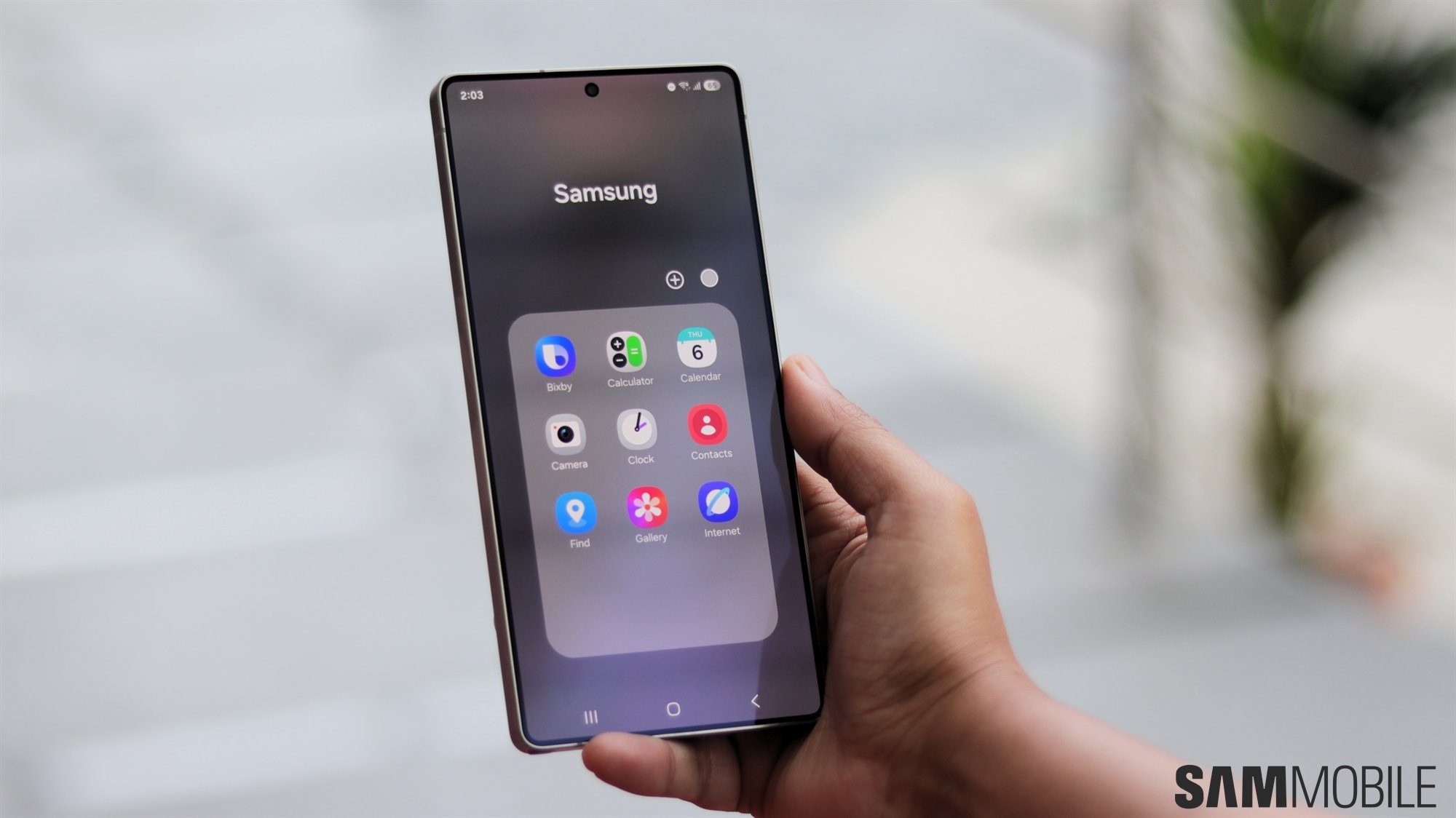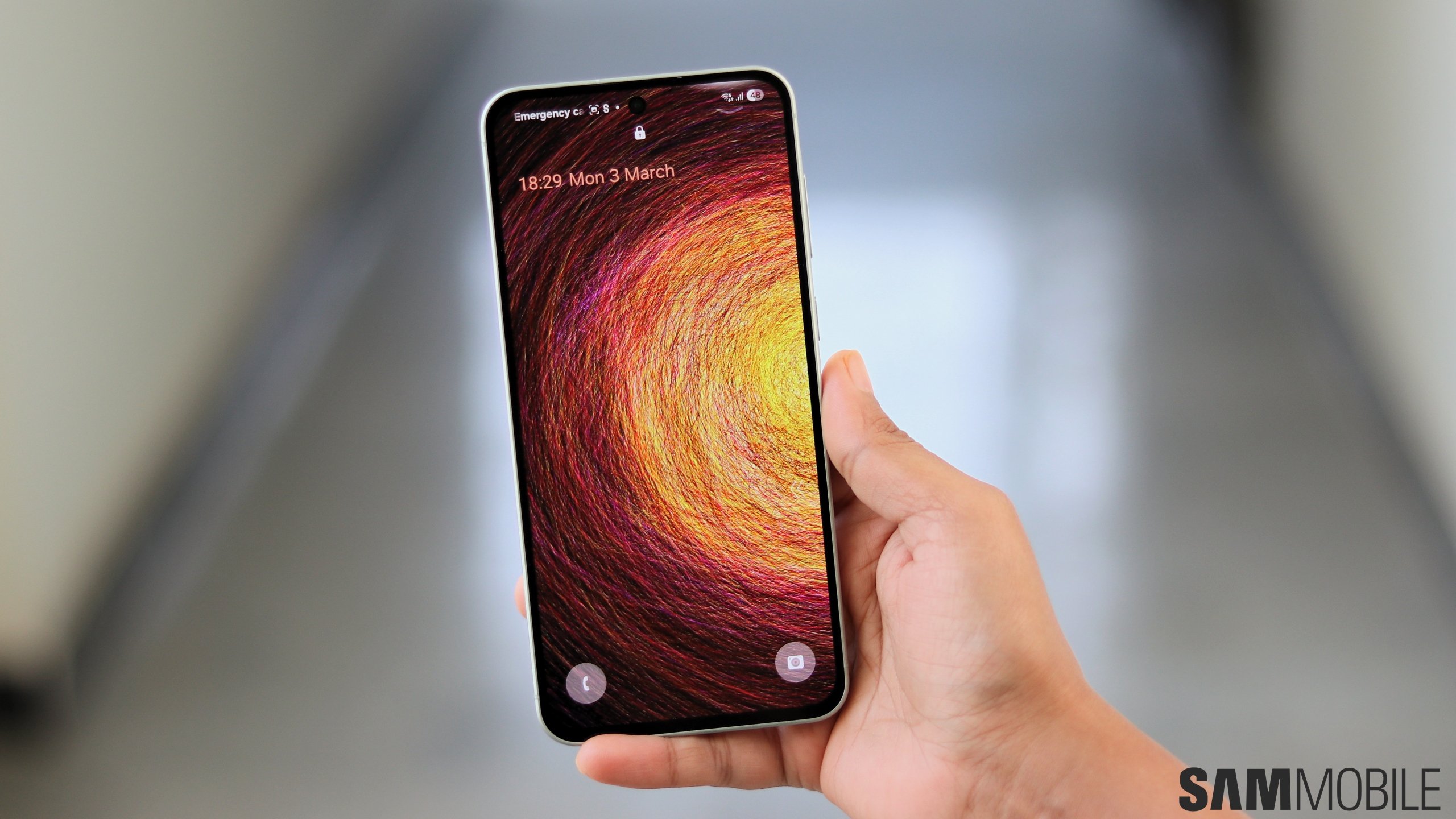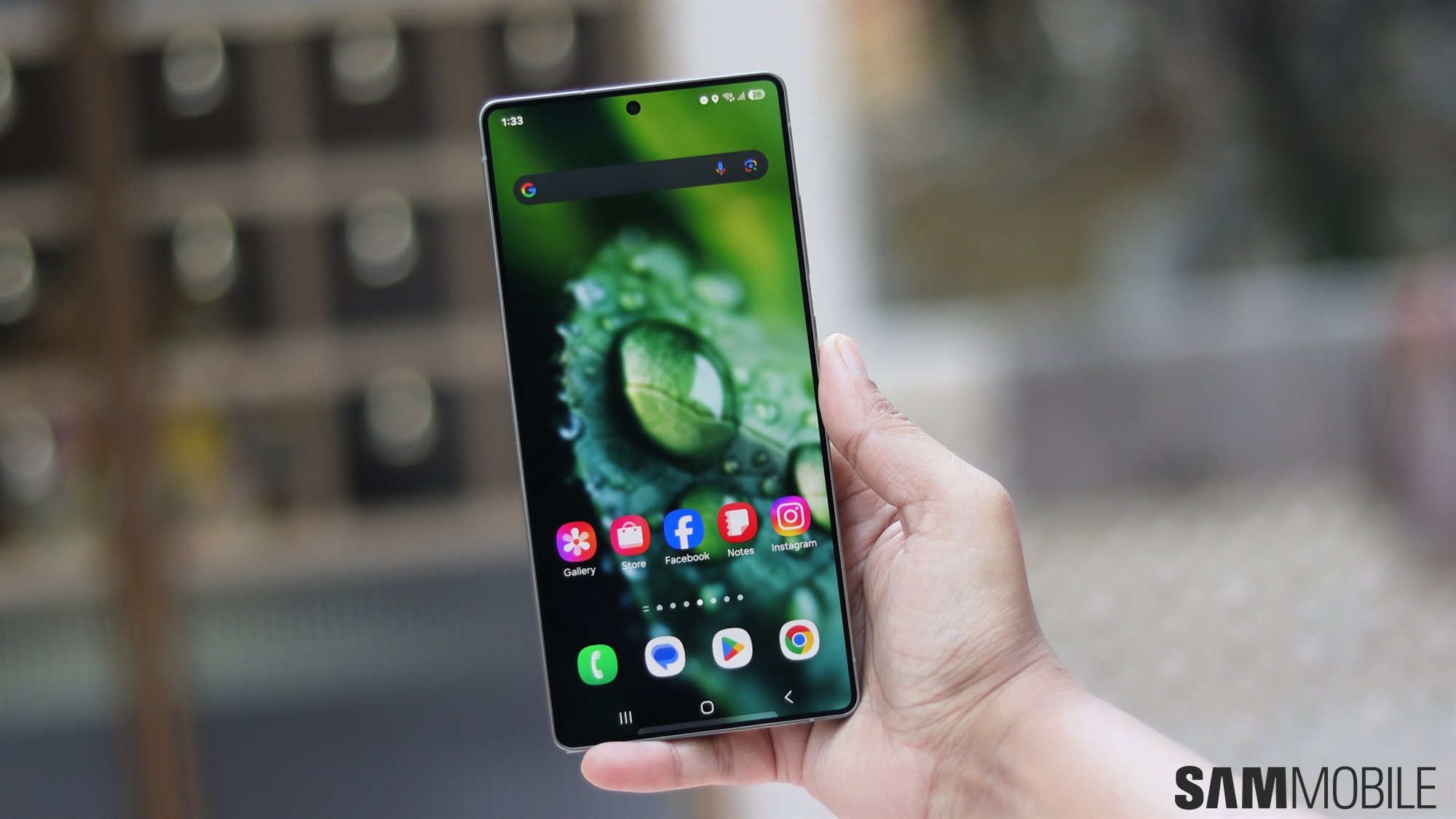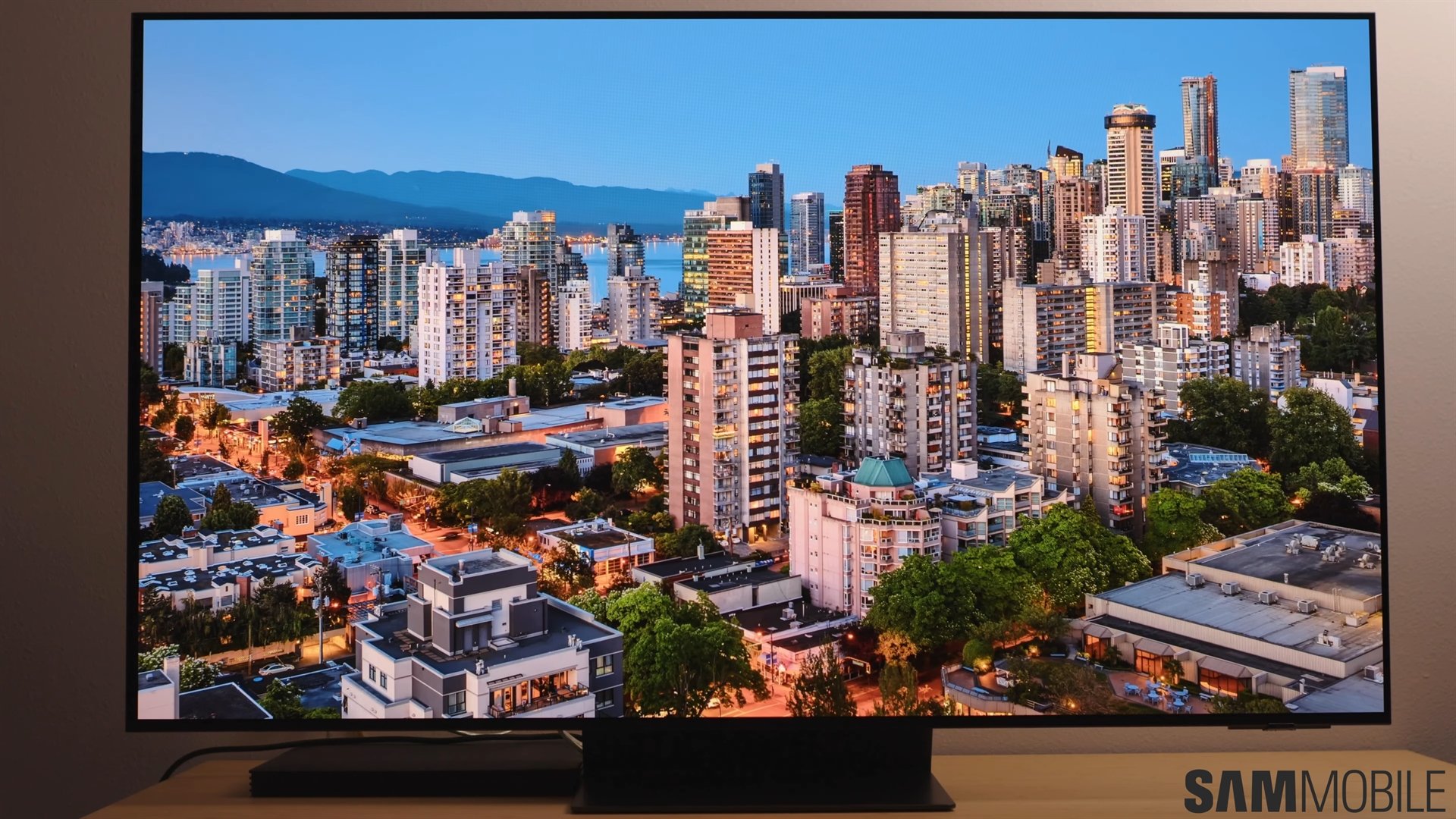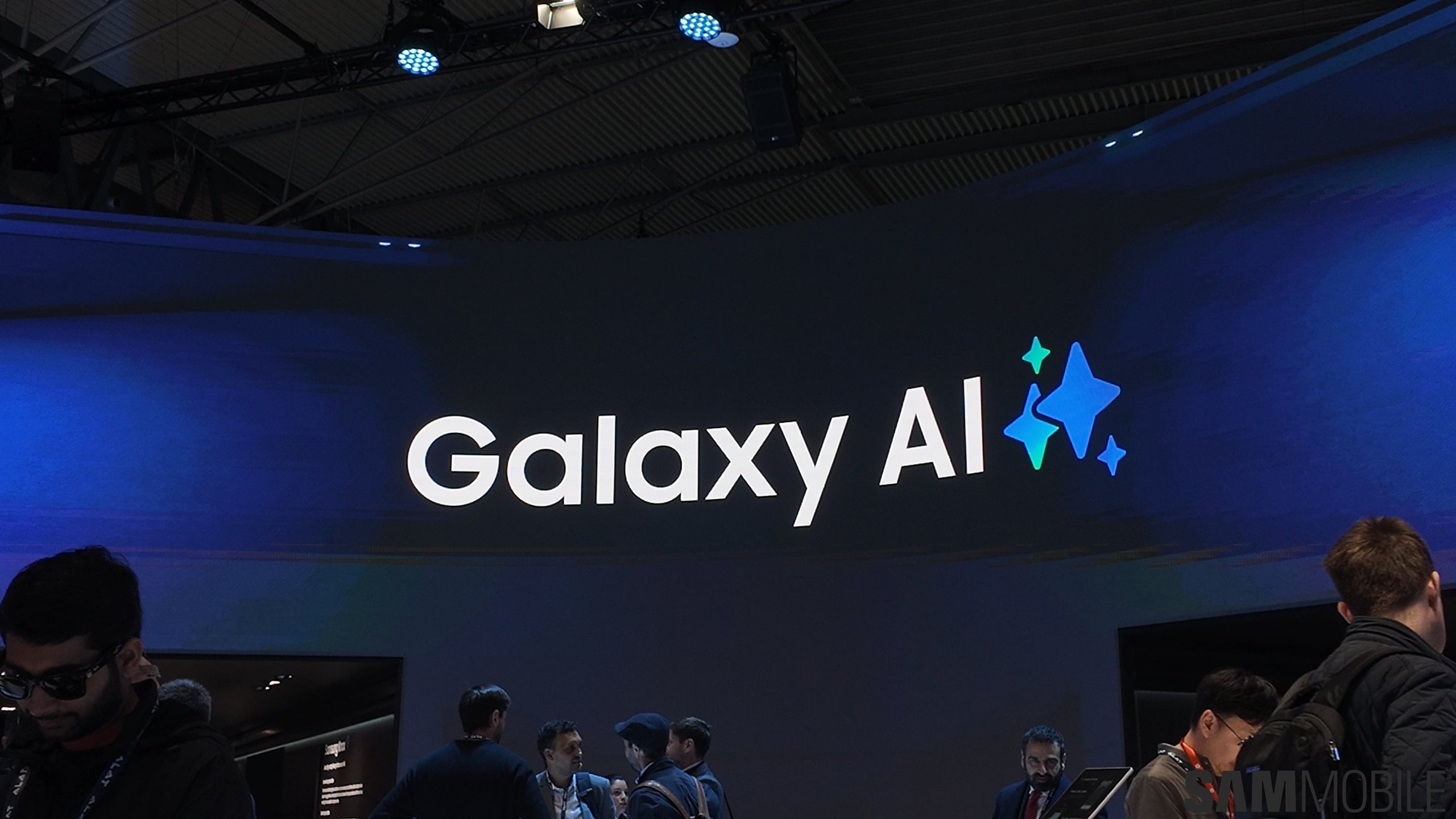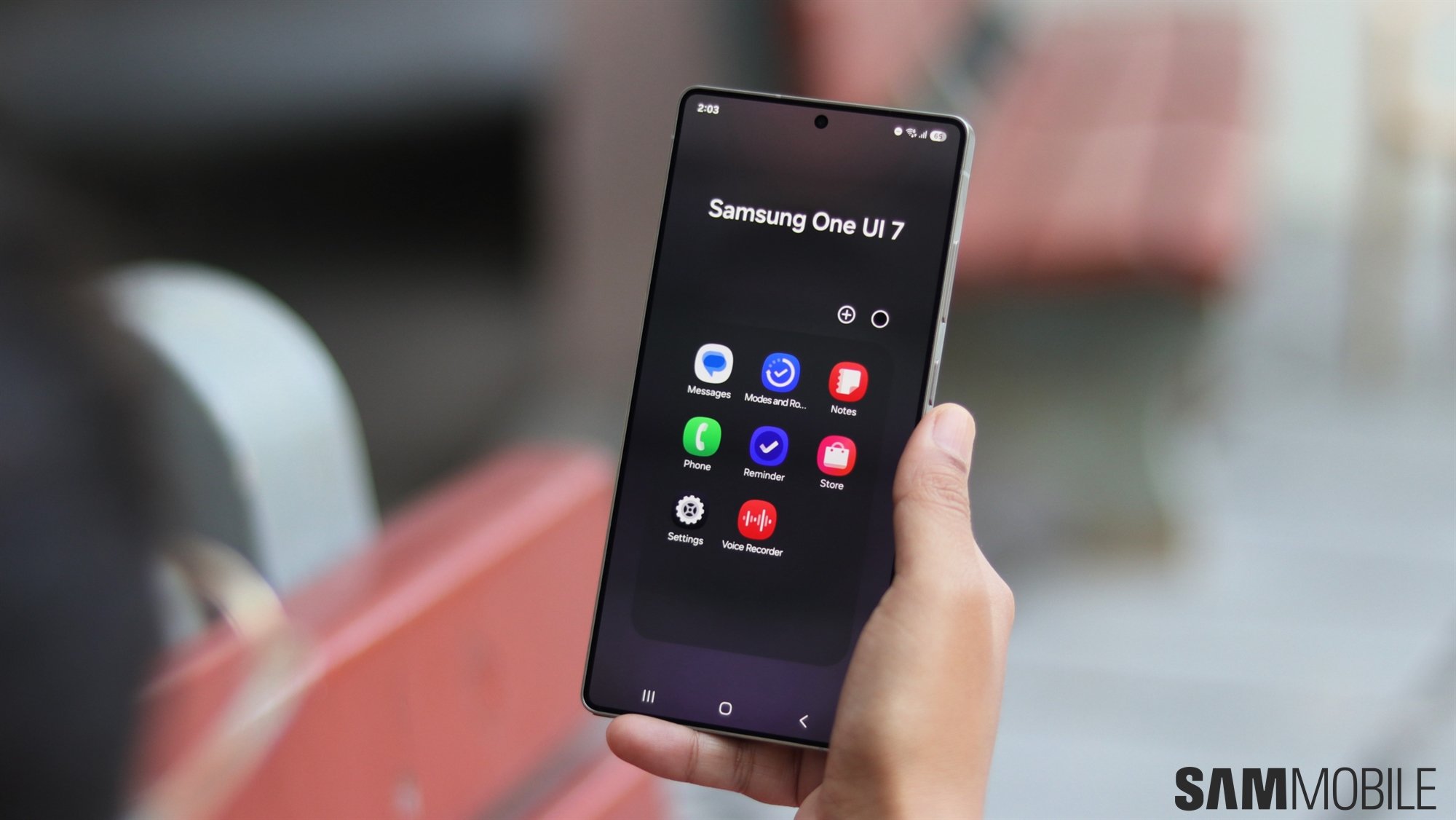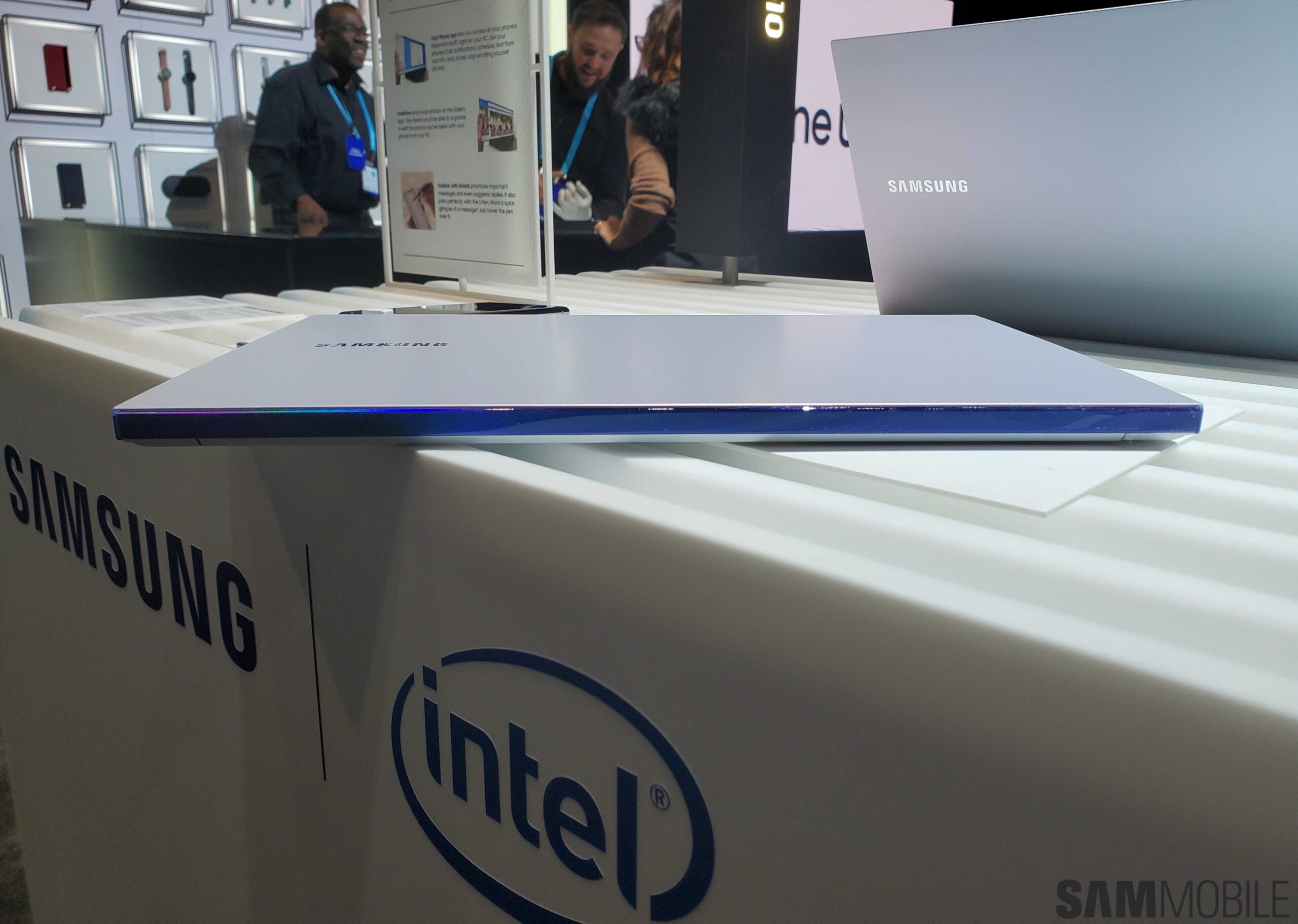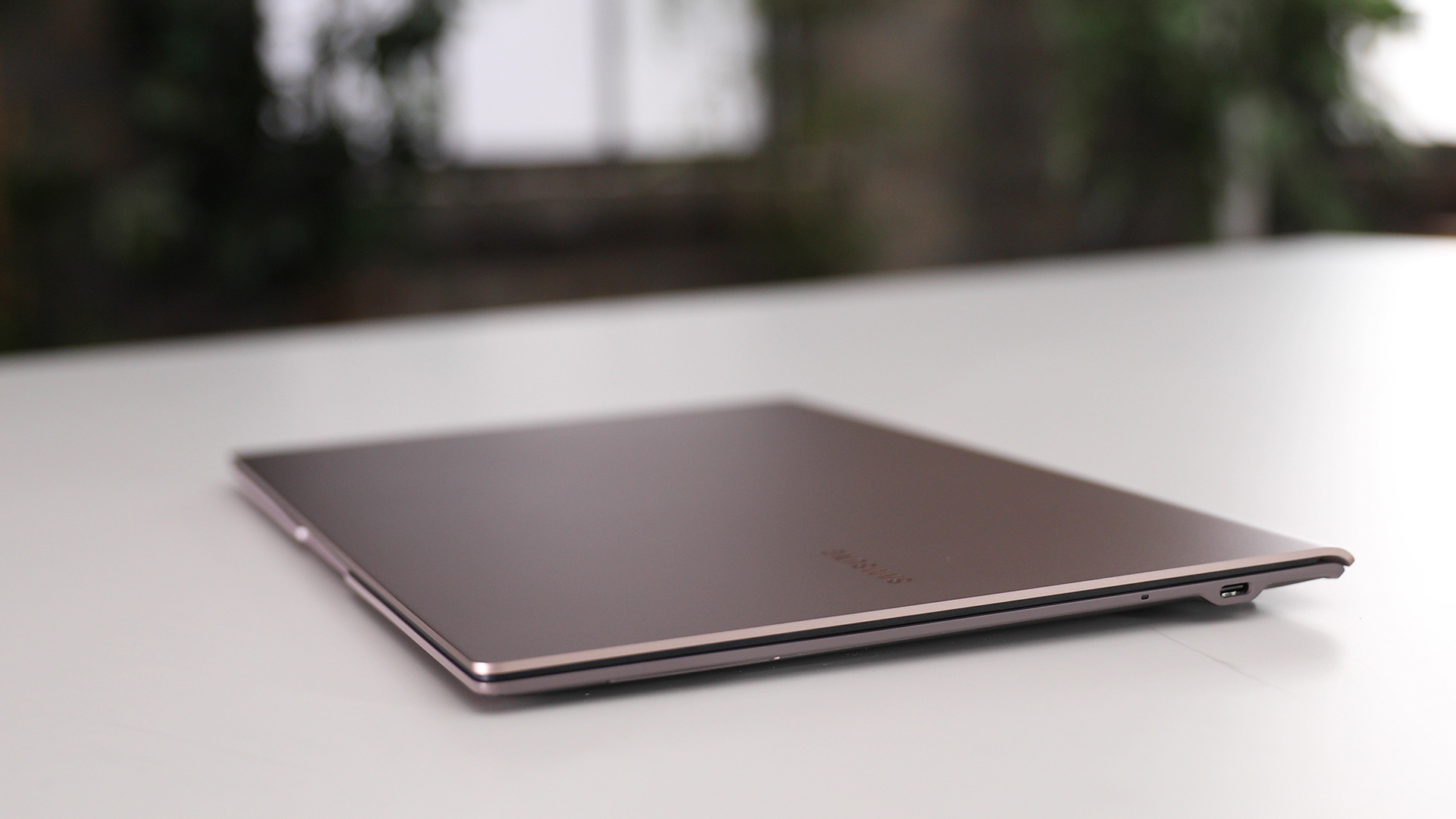
More importantly, the said premature listing confirms Samsung is targeting global availability for this particular version of the Galaxy Book S. That's been far from a given until today seeing how Samsung's notebook release strategy is anything but consistent.
Galaxy Book S ARM vs. Intel differences
The promptly spotted Samsung Canada product page reveals the new Galaxy Book S retains the 13.3-inch Full HD display of the previous models, but pairs it with the Intel Core i5-L16G7 processor and 8GB of RAM, as well as a 42Wh battery. Battery life will be something to look out for here as the first-ever x86-based Galaxy Book S is expected to be less efficient than its ARM counterparts.
Samsung's own landing page suggests up to 17 hours of standalone operation, a noticeable downgrade compared to the 25-hour rating attached to the original Galaxy Book S. Of course, your mileage will vary as real-world usage tends to be a bit more hardware-taxing than continous video playback is, which is what Samsung uses as its performance standard.
The Lakefield version of the notebook also lacks gigabit-grade LTE but otherwise appears similar to the original product family. Dual USB-C ports, Bluetooth 5.0, and microSD card support are still part of the package, much like a discreet fingerprint reader integrated into the power button of the new Galaxy Book S. Consumers will have a choice between 256GB and 512GB models, both of which will be available in Mercury Gray and Earthy Gold.
